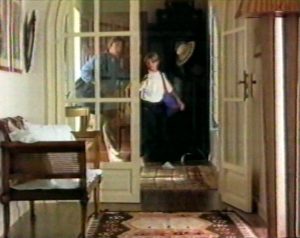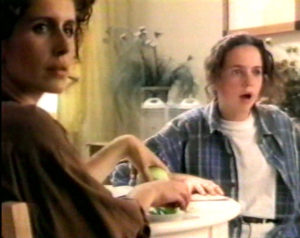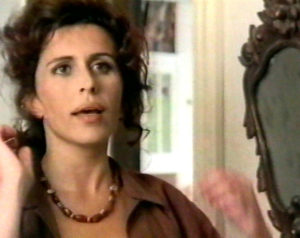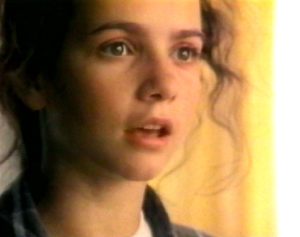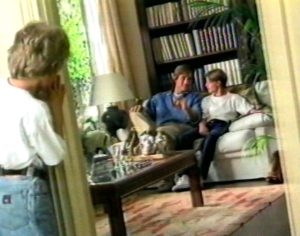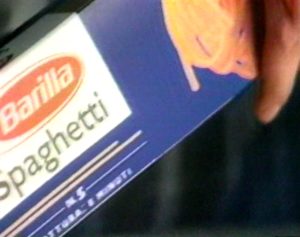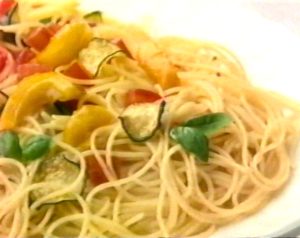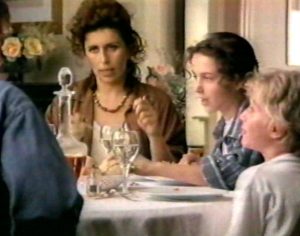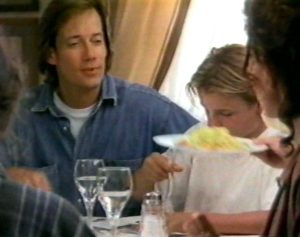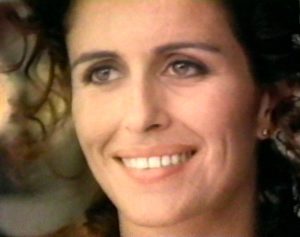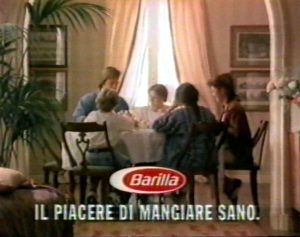Points of view about pasta
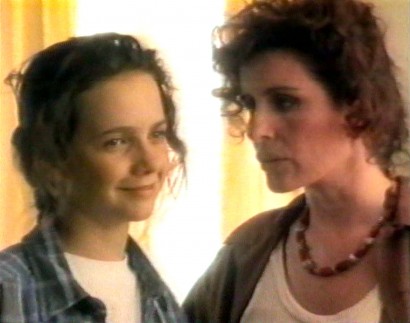
by Emmanuel Grossi
December 1992. The long campaign Dove c’è Barilla, c’è casa (Where there’s Barilla, there’s home) exhausted its natural life cycle a year earlier, with the “death of the swan” appearance of Paul Newman as Santa Claus. However, the theme of “good sentiments”, or better, of “good morals” as Gravino Sanna preferred to call it, would come back on more than one occasion in the history of Barilla that would follow. Creativity had been languishing for a year, lacking an equally winning idea: a few product films for fresh pasta and sauces and a couple of enjoyable short commercials for Egg Pasta starring Alberto Tomba were made, but these were not memorable ones. Alberto Tomba reappeared in a bionic man version with greater impact in 1995.
Indeed the company had moved its attention on the nutritional front also with regard to communication: the American researchers were rediscovering the Mediterranean Diet and launching a learning plan together with a food education campaign that can be summed up in the “Health Food Pyramid”.
With the consent of the United States Department of Agriculture and Health of Washington and following the Guidelines for healthy Italian nutrition by the Istituto della Nutrizione (Nutrition Institute), Barilla became a representative for the Pyramid, with pamphlets, recipe books, printing press campaigns…and television campaigns. The need to insert the element of divulgation and information in the commercials, risked to tarnish in a deeper way the aspect of creativity that in itself was not in great shape at the time, especially in comparison to the glories of the recent past. To keep the peril of a possible change of agency on the part of one of their best and largest clients, Young & Rubicam immediately took action.
Franco Bellino came up with the right idea. He was head of the production department, but when needed he was engaged also as scriptwriter (a role similar to that of screenwriter, that is authoring or adapting creative ideas for television and cinema).
Gaining inspiration from Pirandello and from the movie Rashomon by Akira Kurosawa, the same story is narrated four times from four different points of view: a boy invites his basket trainer for lunch, catching his mother, sister and younger brother by surprise.
Franco remembers that in addition to a purely narrative function, the different angles of the story made it possible to display the characteristics of the product. The athlete, actor Kevin Sorbo who became famous shortly thereafter throughout the world as the protagonist of the television series Hercules, is preoccupied with proper nutrition. The mother (Caterina Vertova), following the wise advise of her daughter (thirteen year old Camilla Filippi), is able to put together a fast, light and tasty meal together, thanks to the Pyramid’s Recipes. In so doing, she makes the youngest of the house happy as well.
Franco also recalls that at first the idea was considered to air the shorts immediately one after the other, to surprise and tease the television public. Instead, on a suggestion of the media department, it was decided to air them at a short distance. Often, two different themes appeared during the same advertising session, so to optimize the yield (the so called “cost per view”).
The campaign was filmed in the summer of 1993 and was aired starting from September of that year, and had a few sequels, but its atypical character and the complexity of narrative and commodity elements did not allow for greater development. To see a new epic, we will have to wait until 1994 and Viva il Blu series.
